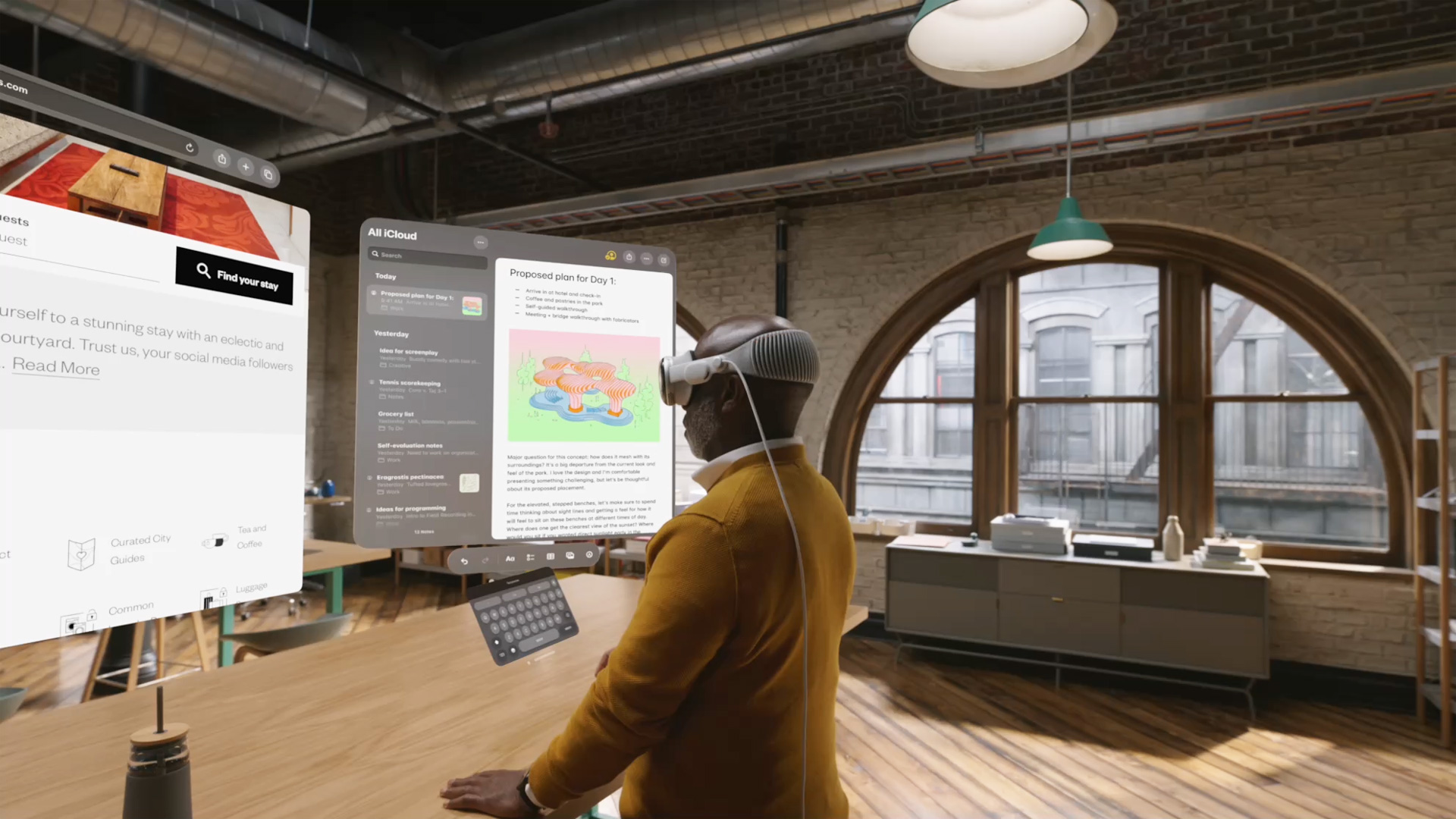Apple Vision Pro Review Roundup: The best version of a technology we’re not sure what to do with yet
Alright, let’s figure out what this thing is actually good at…

So here we are, it’s been over a week since Apple’s Vision Pro hit the general public, and what was one of the most anticipated tech products of the year has become a reality. And well what’s that reality? People clout-chasing on Twitter and YouTube by walking in public with it, randomly swiping in the air, and apparently driving Tesla’s Cybertruck in it. Yeah ..this isn’t the future we envisioned either . But, the Vision Pro is the future….in one way or another. After all, this in many ways is the most advanced Virtual Reality(VR) and Augmented Reality(AR) headset on the planet. And in being that advanced, it’s proved to us that even Apple doesn’t quite know what to do with this technology either, at least not yet.
Now reading that last part you probably already have a reaction to this article. After all, it’s been written by someone who still hasn’t had their hands on a Vision Pro, so what could I know. Practically not much, but thankfully a lot of reviewers and publications do have practical knowledge of this headset (such as The Verge’s Nilay Patel in the review above), and most of them agree on 3 things:
This thing is crazy impressive.
But also, not quite ready.
Nobody knows quite what to do with it yet.
Whether ,that’s the aforementioned The Verge, the Wall Street Journal’s Joanna Stern, MKBHD himself or others. Because right of the bat Apple lead’s with its best foot with this device: a premium feel, some genuinely smart tech and an experience built around Apple’s ecosystem. Want to wirelessly project your Mac’s screen on a 50-inch ,4K virtual screen? Get a Vision Pro, want your special iPhone 15 videos seen in an amazing proprietary format? Vision Pro. Want your settings, preferences, available apps and photos all synced up the moment you turn a virtual headset on? Vision Pro. And you get to do all that in a very fast device that you literally use with your eyes and hands, that creates video frames faster than your eyes can see, feels nice and solid due to its magnesium build and has dual 5K displays that give the clearest and most crisp displays in any headset. Add in the M2 and R1 processors the outside tracking cameras and the best camera pass through mode tech on the market, which allows you to seamlessly change from an immersed VR environment to an AR environment where you can see the real world and overlay virtual objects over it. All of which creates an experience that yes, is very, very impressive. And in many ways unique. Apple decided the high price should mean a premium experience and in many ways it delivered.
So for anyone who wants this thing just on the basis of it being a fancy, unique, impressive toy, all your boxes are checked. But once that initial impressive luster washes over, you have to look at this device as what it is: a computer that you wear on your face. And well once we start looking at it that way, things change up quite a bit.
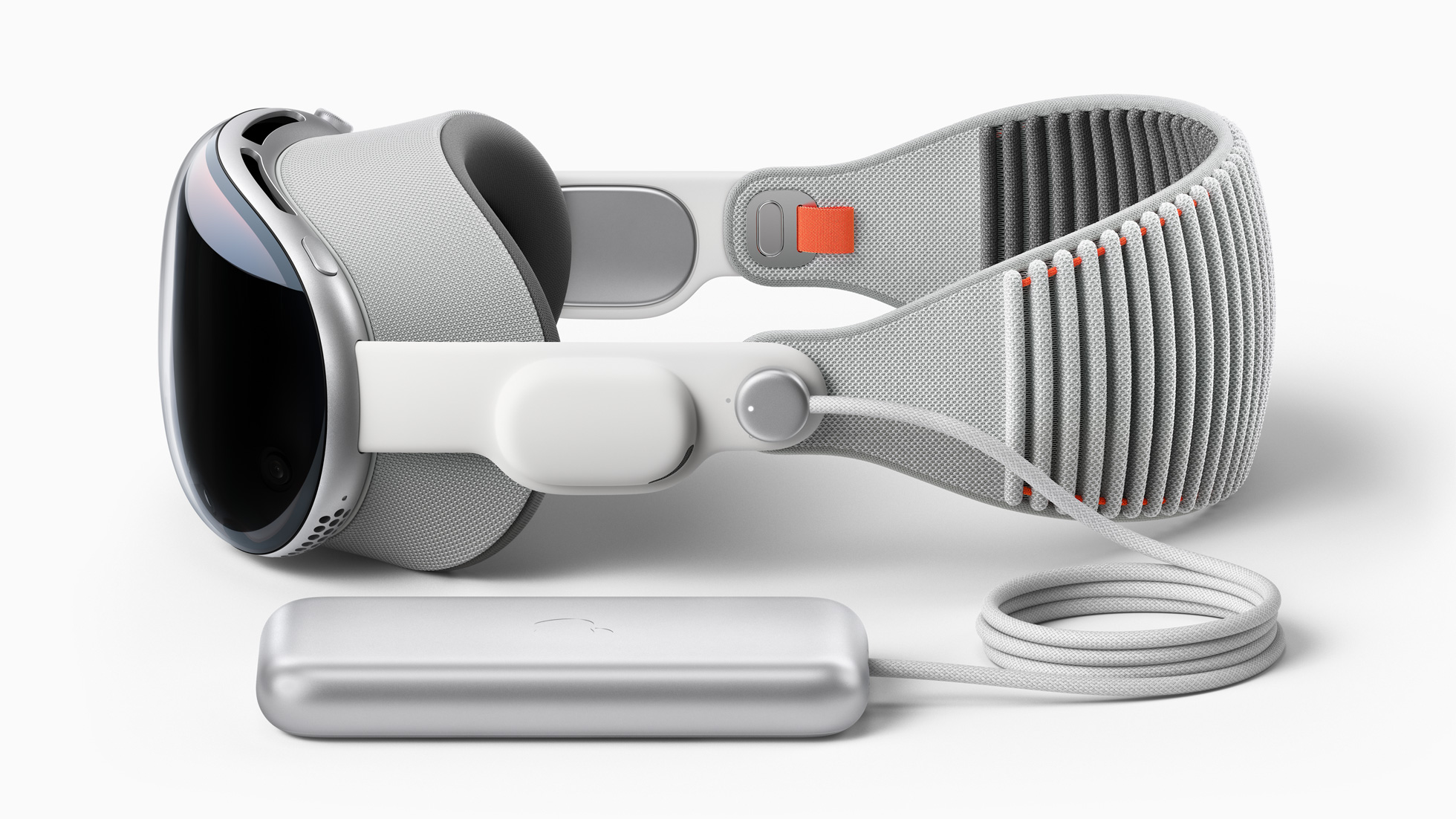
You see for as interesting and premium the Vision Pro is, it’s still a computer. In fact it’s very much a computer. One that’s meant to augment the things we already do on our PCs and MacBooks today, but in new ways that take advantage of that AR or “Spatial Computing” approach that Apple wants to take. But of course for you to want to use that computer, that computer should be easy and fun to use right? And well, it is…..sometimes. Because while this is in many ways a polished device, in many others, it’s very clearly a first-generation device with a lot of the flaws. For starters, the straps on the device have proven to be a typical Apple exercise in form vs function. The Solo Knit band that the company loves to market and advertise with the device is basically just for that: good marketing. It’s been proven to be worse to wear for a long period and the Dual Loop band (which looks like every other strap from every other headset on the market) is actually the one that’s great to wear and use long term, aka, like you would on a computer that you use everyday and all the time.
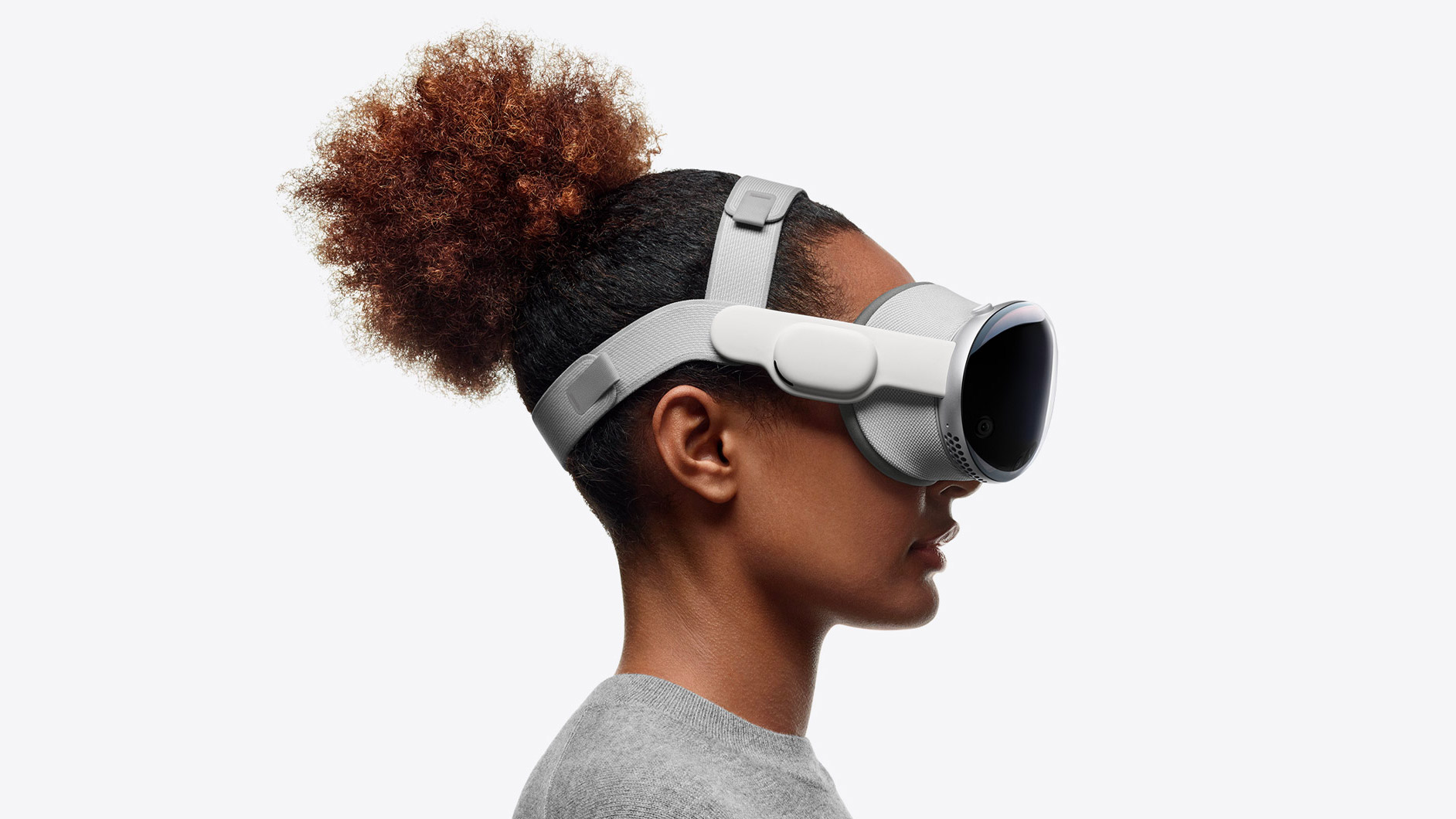
But that one could be forgiven as typical Apple hubris. After all , every company markets the best/most appealing look into a product and leave the rest in the fine print. What can’t be left as the fine print however is the Eyesight feature, aka the feature that let’s other people see your eyes and when you’re using the headset. It…kind of doesn’t work. I mean it does, but that’s like saying it works in the same way a Honda Fit works as a pickup truck. Apple overshot here, with the eyes looking blurry at best and a weird off-putting cross-eyed stare at worst.

It was another feature they made to differentiate the device from competitors, but it’s if anything turned it into a joke. What’s also a bit of a joke is the battery pack. In a time where the HoloLens 2 figured out batteries in 2018, the Meta Quest 2 and 3 soon after, it’s really weird that Apple requires a separate, detachable battery pack for the Vision Pro. Why Apple had to hang a battery pack out of the device that’s supposed to stay in your pocket? We don’t know. But are they obviously thinking most people won’t care enough to want to move around with a power pack in their pocket all day? Definitely. Regardless , it’s a flaw and whatever future version of this exists should definitely take a second look into Apple’s battery and power management.
But to be fair, some of those missteps can again be counted as “first-gen mishaps”. A company simply getting it wrong because this is the first time they’ve tried a product. Some of the other choices made in Vision Pro however, are just a company choosing to do things differently, and then definitively getting it wrong. One huge example of this is camera pass through, aka the technology that allows you to see through the headset , by letting the outside cameras show you pretty much everything in the real world. This is the most advanced camera passthrough we have on the market, and Apple has made it so good that you can actually play ping-pong or cook with them on. But the thing is…passthrough is still a limited technology. More specifically one limited by cameras, processors and screens of today. It makes it hard to look at things under sunlight sometimes or discolors certain things when there’s another light source. Not to mention blurriness when a user begins to move around too much. It’s just the limits of the current technology, and the limits of physics itself because unless you strap a larger camera to this thing, you might not get past the camera issues. This is actually why Microsoft chose to go past all the camera passthrough stuff with HoloLens and just made a display you could actually see through. This meant information would be seen on a smaller field of view yes, but it was still a) more than enough for the AR work that the headset was made for and b) more than fine since the HoloLens wasn’t a VR headset, while the Vision Pro in many ways still is one.
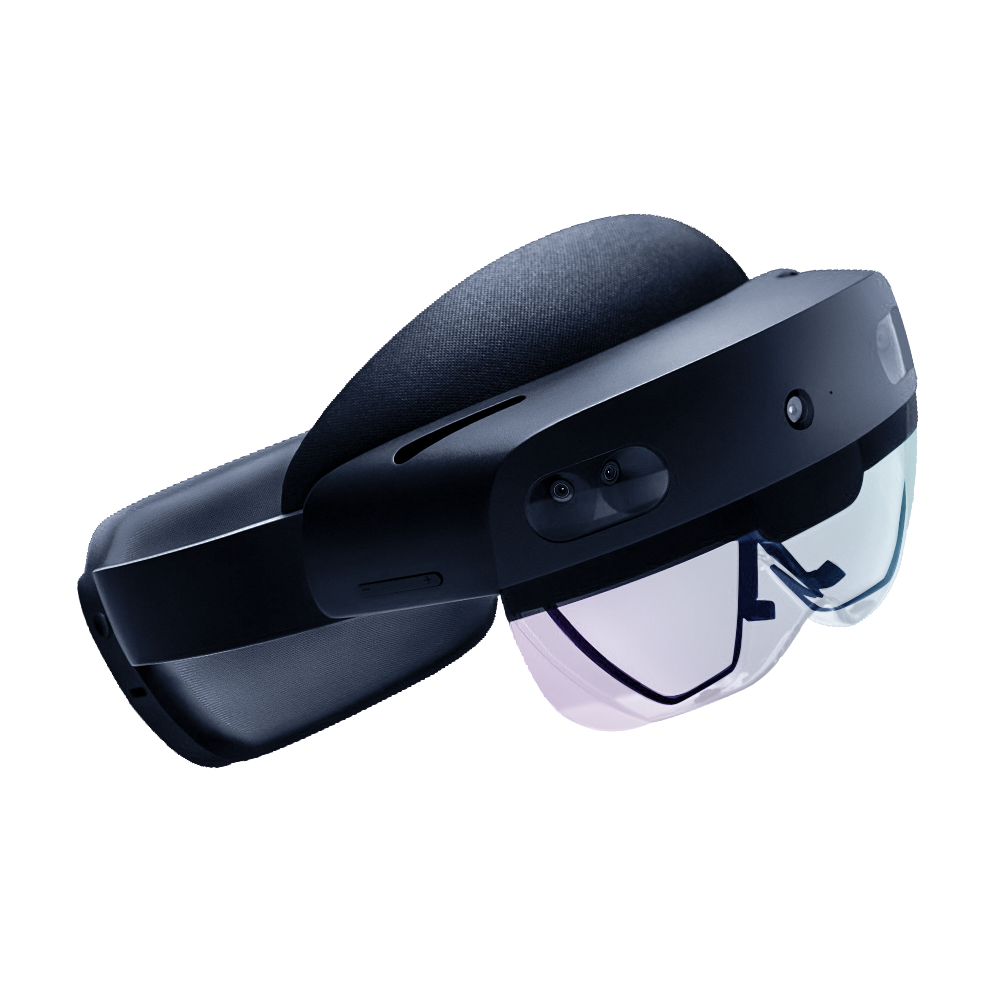
Will this mean we have to find another way past this problem? Probably. After all Meta’s Quest 3 and Quest Pro have similar camera passthrough problems , while their implementation isn’t even as good as Apple’s so we may end up taking a hybrid approach, where these devices have see through screens like HoloLens and can be used with no weird visibility issues under all conditions, but then have some kind of front light seal for when a user wants to go into full VR mode. Would it be simple? Probably not. But if the future of these devices is smaller, more capable devices that can be worn everyday like normal glasses, then we might have to consider such an approach.
The next choice made might be more controversial, because it’s arguably the second most defining feature of the of the Vision Pro: using eyes and fingers to navigate. More specifically, making all of your navigation be based on your eyes and using a finger click to specifically click or select items. This is honestly a really impressive interface model, but it very quickly run into some flaws, most specifically, using an input mode on the human body as an output mode. The eyes are the most common method for us to input information from most digital devices. We take in at least 70% of that info from a device by looking at its screen. However now trying to take that same input method of information and making it an output method, i.e. the primary way that we give information to the computer, can cause some problems. Especially since eyes really are the primary mode of navigation here, you have to look at everything in order to interact with it, be that a window, a close button a slider, etc. , and it’s actually very easy to just get exhausted from all the double-taking. It’s also why a lot of actions can be imprecise if you don’t always do them correctly i.e. look at the exact spot you are supposed to look at or interact with.
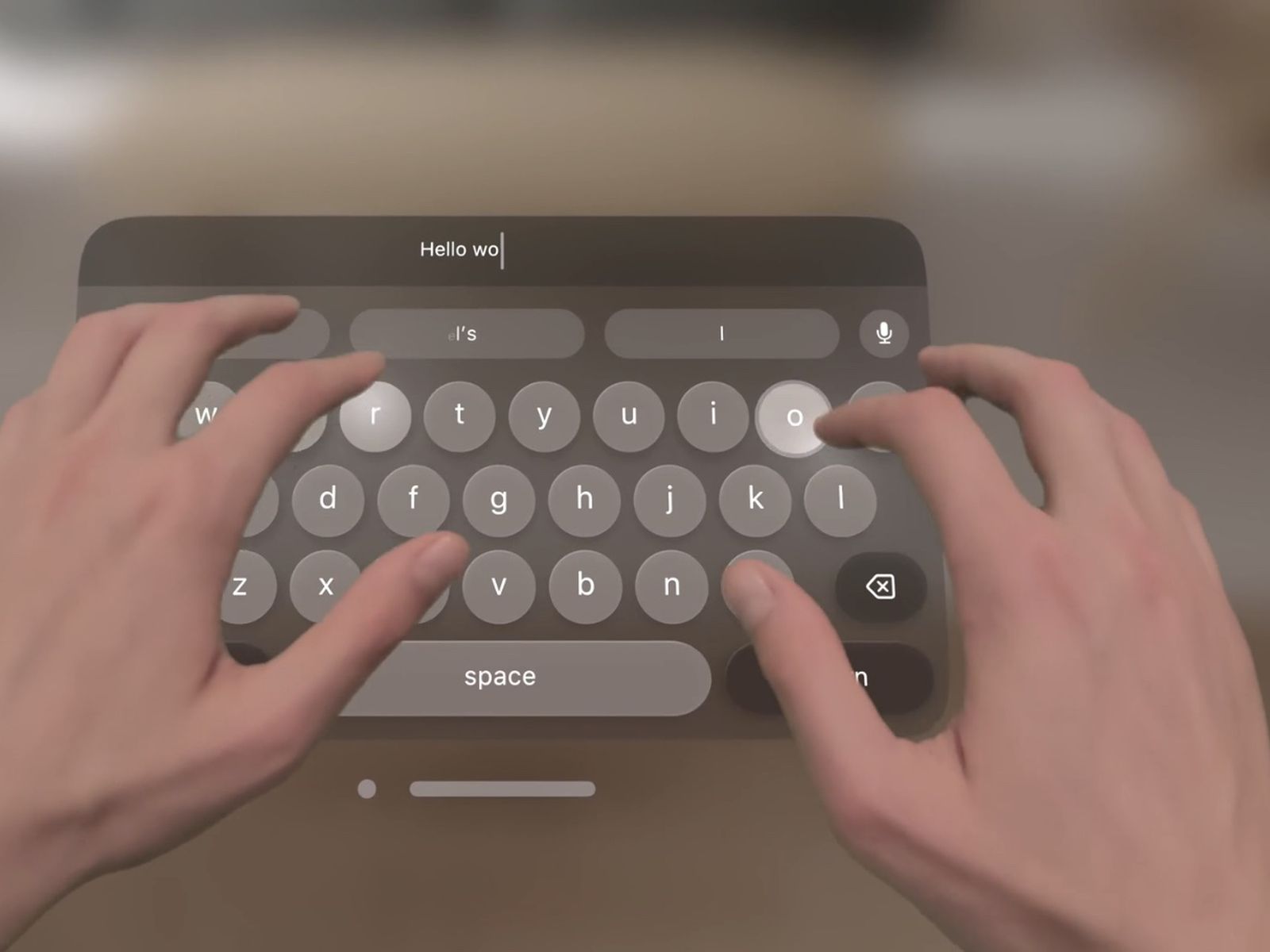
To be fair, all this gets a lot easier once you connect to a Bluetooth keyboard and mouse. But if the future of technology relies so much on tech from the past, is it really the future?

And when it comes down to it, that’s what the Vision Pro is about: The Future. This may be a device built on the best of today’s tech, but it’s also clearly been built to hopefully make a foundation for the future of Apple’s devices, whether those really are just simple glasses that have an awesome AR display and as much power as a Mac while simply fitting in your pocket like any other regular set, or a more professional focused, but smaller and far more refined headset that doesn’t require as much compromises. Either one of these, or both, is what Apple truly wants to make. And it’s definitely limited by a lot of today’s tech when it comes to getting there. It’s also limited by a few bad calls on its own part. Besides the battery and eye tracking approach, Vision Pro also has a very weird app situation right now. One where big app providers like Netflix are outright refusing to go on the platform until further notice. This will likely get fixed, but it also reduces the most prestigious peace of Apple tech on the planet to a bit of a clout machine , an iPad app machine and a fancy way to screenshare your Mac. It’s not the best look. Which brings us to the question of “what is this for?”. From Apple’s side we’ve answered that question: setting the foundation for their future. But for the general user? I don’t know. The most immediate use case seems to be enhanced multimedia, where you can sit in a personal virtual cinema or view special videos and memories. Which honestly is cool, but I’m not sure if it’s $3500 worth of cool. This in many ways IS the most advanced AR/VR headset on the planet. But unlike many other headsets it doesn’t seem to have a niche that it’s filled in order to be relevant. The Meta Quest 3 is basically a game console for your face but can also be an AR and productivity machine. The HoloLens decided to become an enterprise tool and weapon for the US military (no jokes). The Vision Pro’s current niche is…special videos and being the one made by Apple. Maybe that’s enough for some people. I mean it’s definitely enough for those Twitter folks, but it’s definitely not enough for me. Then again, it’s also likely enough for that future that Apple is trying to build. We’ll just see if we get there. After all this device has likely made everyone from Meta to Microsoft get on their A-game again. And personally, I’m always in the mood for a little competition.
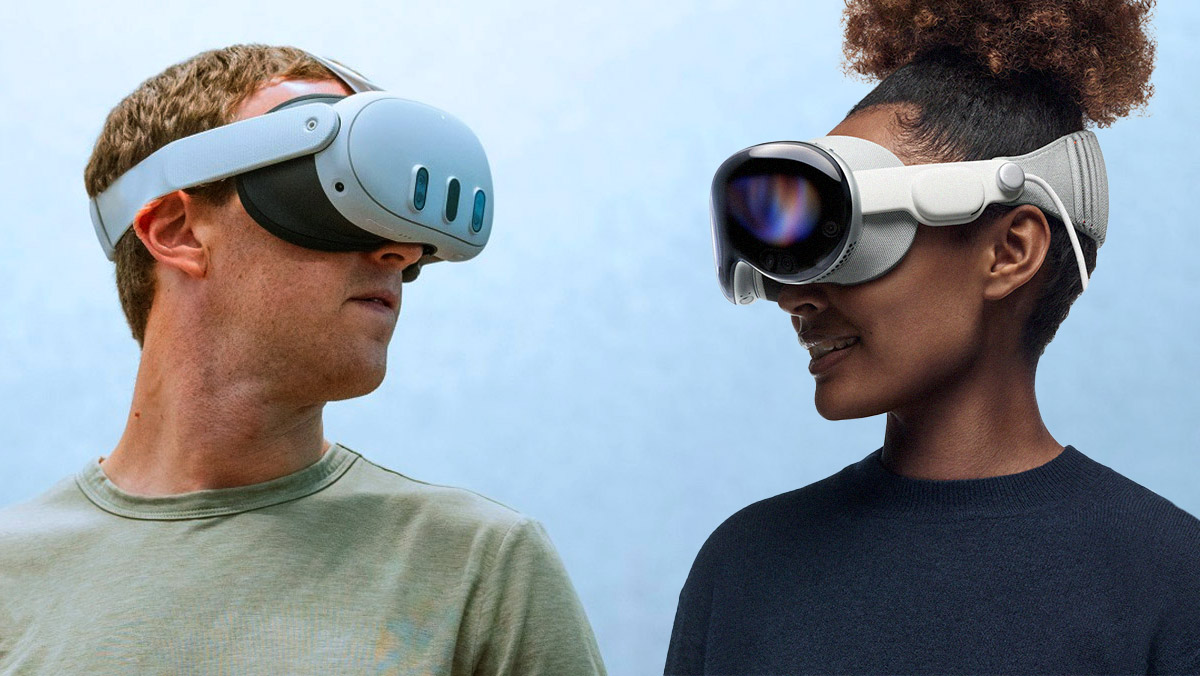
Also, and not that most people were comparing the two and basing it on my decision, but unless you’re heavily invested in Apple’s future, just get a Meta Quest 3 instead, it’s 60% of the experience with better controllers, more games and 1/7th of the price at $500 vs $3500. I think you can sort out the rest.
Related Stories:
Apple Vision Pro Review Roundup: The best version of a technology we’re not sure what to do with yet
Alright, let's figure out what this thing is actually good...
Read MoreThirsty suitors is a video game that’s literally about making peace with your exes
Or just fighting them cause, why not right?
Read MoreThe OnePlus Open might be the new Foldable King
And the most "classic OnePlus* phone we've seen in a...
Read More

